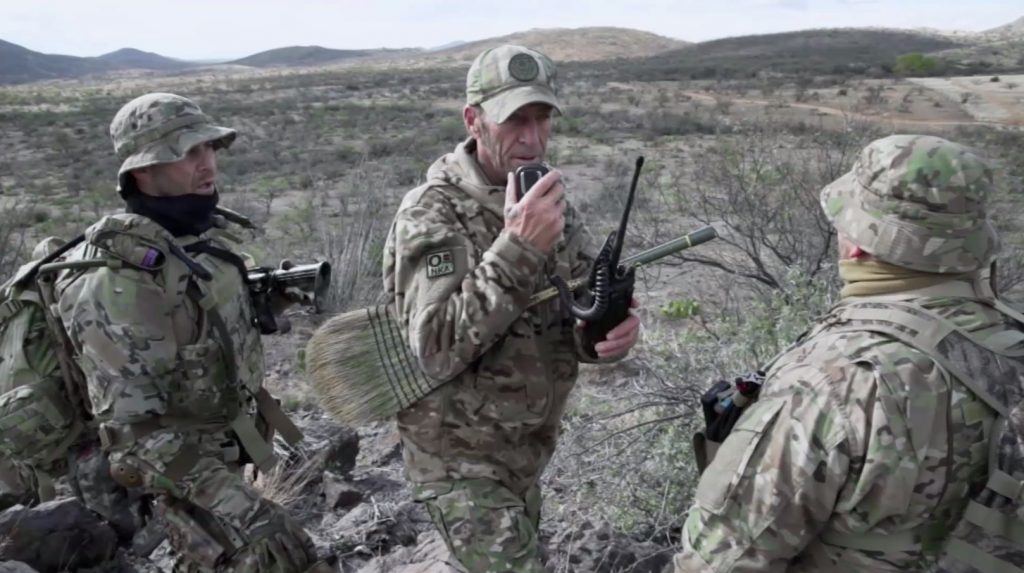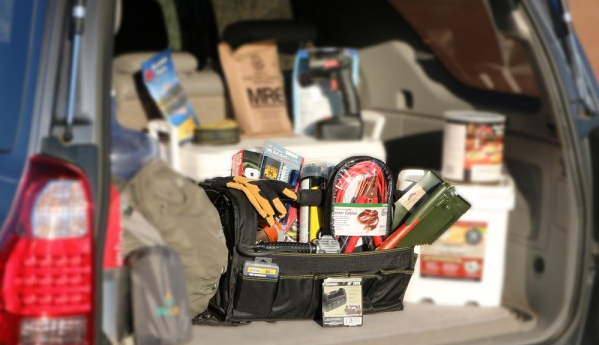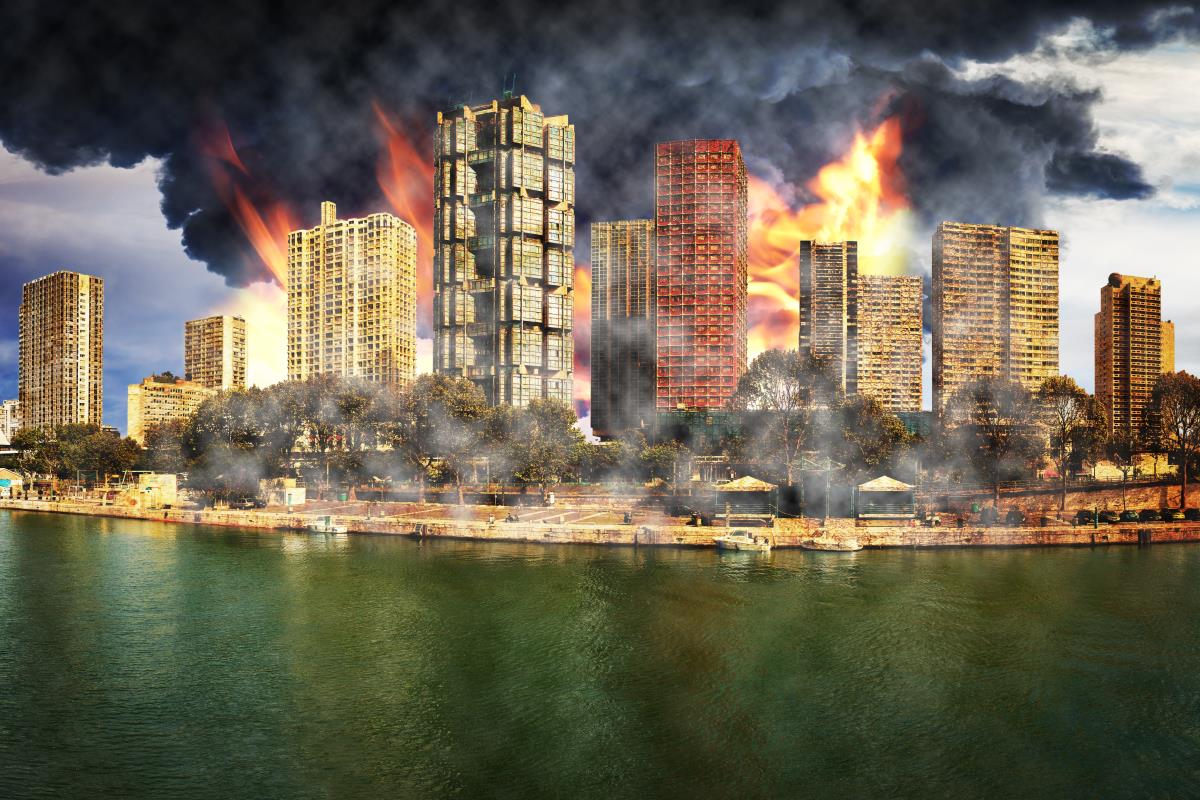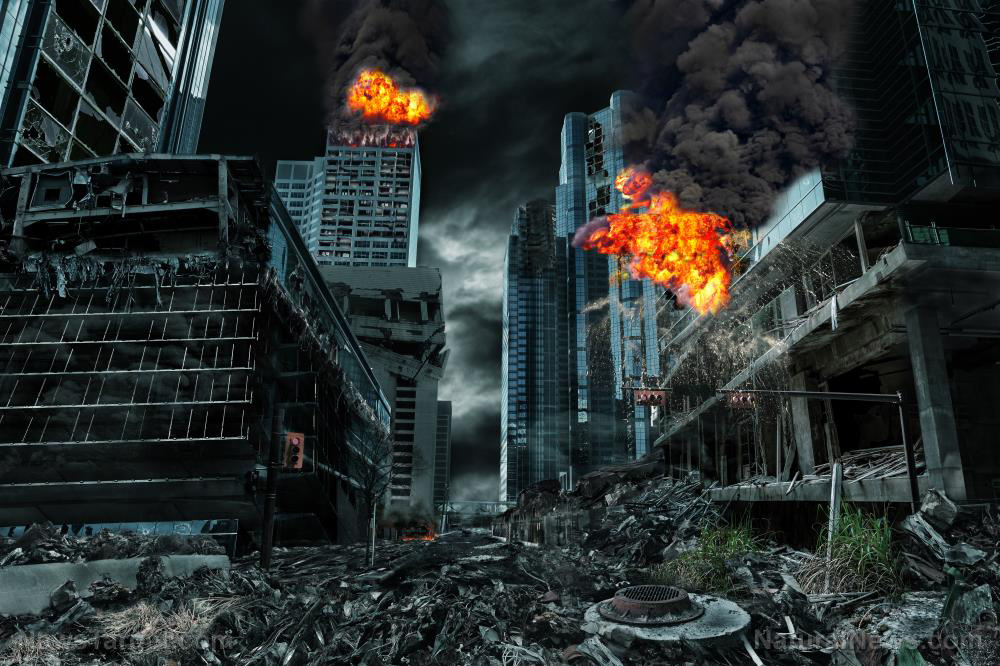Japan begging for another Fukushima by restarting nuclear reactor near active volcano that’s about to blow
08/20/2015 / By Greg White

The Japanese government just won’t learn from mistakes at the Fukushima power plant. On August 11, the Kyushu Electric Power Co. restarted the No. 1 reactor at the Sendai Nuclear Power Plant. The reactivation of the reactor coincides with increased activity at the Sakurajima volcano, which is a mere 30 miles away from the reactor. It’s as if Japan is just begging for another disaster.(1)
The possibility of an eruption is not grounded in irrational fear. The Japan Meteorological Agency raised the warning level near Sakurajima from a three to a four last week because of tectonic plate movement. The highest level is five, which calls for an evacuation because of an imminent eruption.(2)
Residents evacuate from active volcano
Sakurajima also happens to be one of Japan’s largest and most active volcanoes. It resides off the coast of Kagoshima, which is a city home to more than 600,000 people. Since the warning level upgrade, 77 residents within a two-mile radius around the volcano have been evacuated.(3)
After a tsunami laid waste to three nuclear reactors at the Fukushima Daiichi power plant in 2011, all nuclear power plants were shut down throughout Japan. Power plants must pass new safety regulations in order to reopen. Japan’s government has been eager to reopen plants, in order to reach the goal of relying on 20 to 22 percent of nuclear energy by 2030.(2)
Japan has had to rely more on imports since the Fukushima disaster. The last nuclear power plants closed in 2013. Japan’s Nuclear Energy Institute reports that nuclear power accounted for 1.7 percent of the country’s energy since the last power plants closed. This has caused energy prices to spike in Japan. Therefore, the Japanese government has an economic incentive to turn on the plants. As usual, money trumps public safety.(2)
Get CLEAN FOOD and help support our mission to keep you informed: The Health Ranger Store lab verifies everything we sell with accredited testing for heavy metals, microbiology and food safety. Certified organic facility, ISO-accredited on-site laboratory, no GMOs or synthetic ingredients. The world's #1 source of lab-verified clean foods and superfoods for nutritional healing. 600+ products available. Explore now.
Officials claim that the plant passed the “world’s strictest safety regulations.”(4) Nevertheless, this has not eased the fears of most Japanese citizens. Opinions polls reveal that most Japanese citizens are against turning the reactors on in light of the Fukushima disaster.(1)
Flirting with lava
Many worry that the power plant has not adequately prepared an evacuation plan in the event of an eruption. In addition, critics note that the nuclear industry has not develop sufficient safety standards for Sendai, which is near five ginormous calderas. Calderas resemble craters, and are formed by the inward collapse of volcanoes. According to John Large, chief executive of Large & Associates, Japan’s Nuclear Regulation Authority safety measures for volcanic activity lacked “a number of important respects” and failed to live up to international standards.(1)
For example, Japan’s Nuclear Regulation Authority approved the reopening of the Sendai 1 reactor in early July. A month prior, however, officials had to redo parts of the pre-service inspections after a number of errors were discovered in the documents.(1)
In April, a case was attempted to be brought to a local court district about the safety of the plant. The case was never approved. Protesters stood outside the Sendai plant the day the reactor was turned back on. Some citizens used their cars to block the front gate entrance to the plant in order to prevent the reactor from reactivating.(2)
The plant has produced 50 percent of its energy output and is expected to reach its full potential by next Wednesday. Officials plan to reactivate another reactor at the Sendai plant in the coming months. The Japanese government is flirting with fire, or worse – lava.
Sources include:
Tagged Under: active volcano, Japan, nuclear reactor, Sendai nuclear plant




















